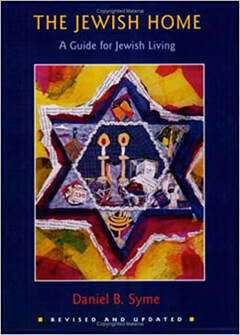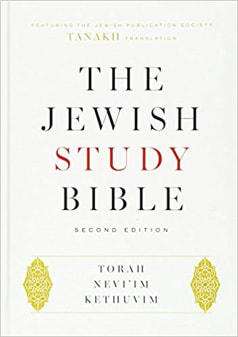CRT Food for Thought
Readings for our Plague Year
Finding ourselves now with newly unscheduled hours at home, we might turn to literature for wisdom, comfort, and entertainment. Several of the novels listed below are set, in part, in London’s year of the bubonic plague, 1665-1666, during which Isaac Newton set the ultimate high bar for productive use of pandemic-forced free time
The Weight of Ink, Rachel Kadish, 2017.
This is one of those books that friends near and far (including two from CRT) spontaneously said: I just read a book I think you would love. Its action alternates between a present-day scholarly mystery and 17th century England, shortly after the lifting of the 1290 expulsion of Jews from England. A central figure is a Sephardic rabbi who had been recruited from the Netherlands to help lead the newly legal community.
Year of Wonders: A Novel of the Plague, Geraldine Brooks, 2001.
Many of us read the author’s People of the Book, an historical novel about the journey of the Sarajevo Haggadah. Year of Wonders is set in rural England, in a mining town that imposes upon itself a year-long voluntary quarantine. As in The Weight of Ink, spirituality and challenges permeate the narrative.
The Plague (La Peste), Albert Camus, 1947.
Set in the 1940s in the French Algerian city of Oran and possibly based on a cholera epidemic of 1849:
A haunting tale of human resilience in the face of unrelieved horror, Camus’s novel about a bubonic plague ravaging the people of a North African coastal town is a classic of twentieth-century literature. Amazon
An Amazon reviewer, re-reading it after 40 years, writes:
“It is a parable of human life, that is, the sensation of moving — sometimes forward, sometimes back, oft times in place, treading water — somewhere between the poles of plague and peace, destined to fail at being alive, yet finding sustenance in irrational hope, human love, a stubborn refusal to quit, and the knowledge that we share this struggle with others. It remains on my top five books.”
This book made a similarly deep impression on me back in my school days. Maybe this is the year to re-read it.
A Journal of the Plague Year: London 1665, Daniel Defoe, 1722.
A classic, by the author of Robinson Crusoe: Both a harrowing historical novel and a reliable journalistic record, Defoe recreates a living, suffering city trying to cope with an incurable, rapidly spreading disease. Amazon
Available from Project Gutenberg: http://www.gutenberg.org/ebooks/376
Finding ourselves now with newly unscheduled hours at home, we might turn to literature for wisdom, comfort, and entertainment. Several of the novels listed below are set, in part, in London’s year of the bubonic plague, 1665-1666, during which Isaac Newton set the ultimate high bar for productive use of pandemic-forced free time
The Weight of Ink, Rachel Kadish, 2017.
This is one of those books that friends near and far (including two from CRT) spontaneously said: I just read a book I think you would love. Its action alternates between a present-day scholarly mystery and 17th century England, shortly after the lifting of the 1290 expulsion of Jews from England. A central figure is a Sephardic rabbi who had been recruited from the Netherlands to help lead the newly legal community.
Year of Wonders: A Novel of the Plague, Geraldine Brooks, 2001.
Many of us read the author’s People of the Book, an historical novel about the journey of the Sarajevo Haggadah. Year of Wonders is set in rural England, in a mining town that imposes upon itself a year-long voluntary quarantine. As in The Weight of Ink, spirituality and challenges permeate the narrative.
The Plague (La Peste), Albert Camus, 1947.
Set in the 1940s in the French Algerian city of Oran and possibly based on a cholera epidemic of 1849:
A haunting tale of human resilience in the face of unrelieved horror, Camus’s novel about a bubonic plague ravaging the people of a North African coastal town is a classic of twentieth-century literature. Amazon
An Amazon reviewer, re-reading it after 40 years, writes:
“It is a parable of human life, that is, the sensation of moving — sometimes forward, sometimes back, oft times in place, treading water — somewhere between the poles of plague and peace, destined to fail at being alive, yet finding sustenance in irrational hope, human love, a stubborn refusal to quit, and the knowledge that we share this struggle with others. It remains on my top five books.”
This book made a similarly deep impression on me back in my school days. Maybe this is the year to re-read it.
A Journal of the Plague Year: London 1665, Daniel Defoe, 1722.
A classic, by the author of Robinson Crusoe: Both a harrowing historical novel and a reliable journalistic record, Defoe recreates a living, suffering city trying to cope with an incurable, rapidly spreading disease. Amazon
Available from Project Gutenberg: http://www.gutenberg.org/ebooks/376



